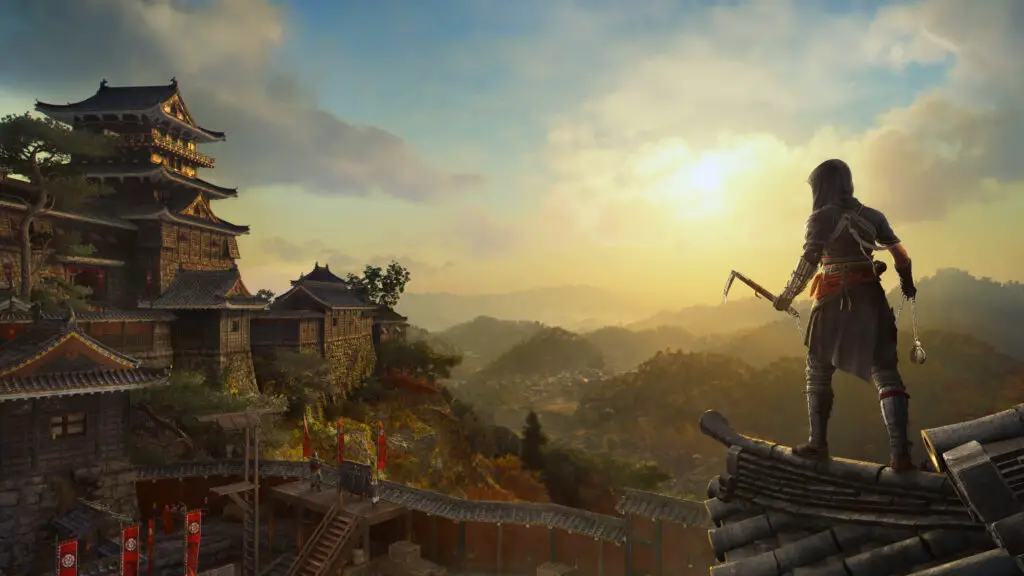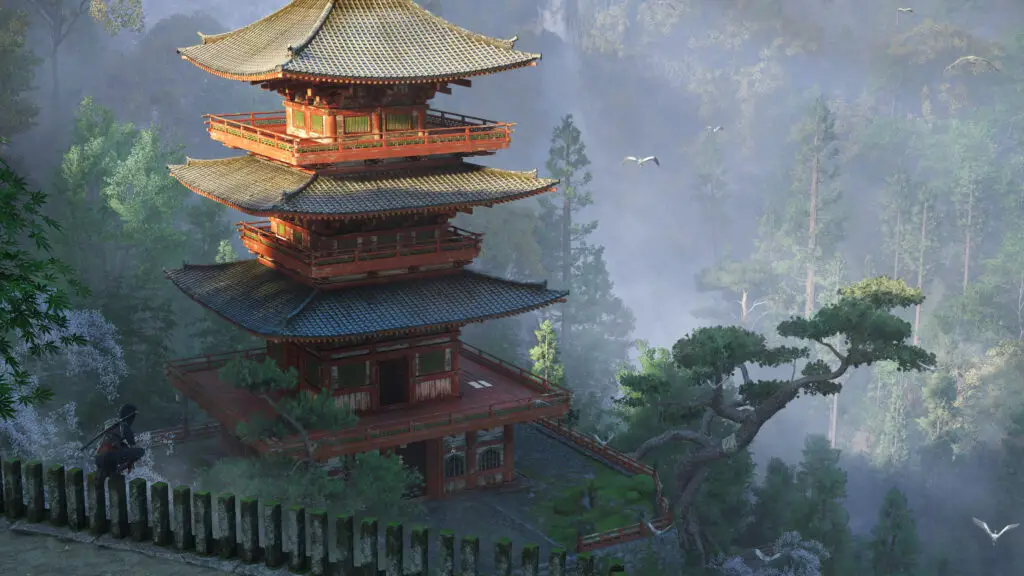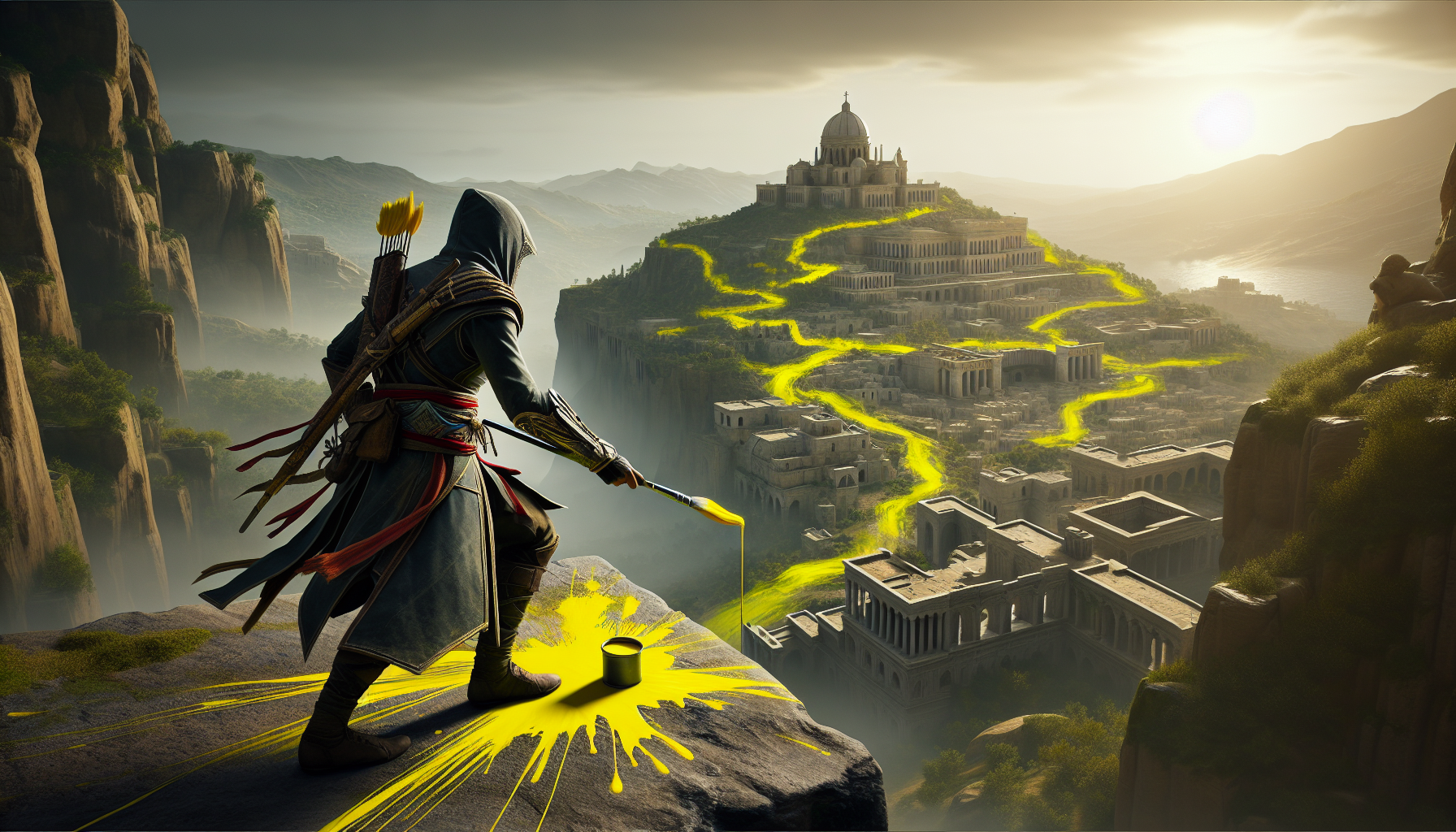The use of vibrant yellow paint as a visual navigation aid in video games often sparks lively online discussions, and its prominent appearance in the upcoming Assassin’s Creed Shadows is certainly fueling the debate. Here at Digital Tech Explorer, where we delve into the latest in tech and gaming, we’ve seen players express concerns that these splashes of colour on climbable surfaces can feel contrived and potentially immersion-breaking. While the sheer volume of lemon daubed across the game’s detailed environments has caught many eyes, the development team at Ubisoft has clarified the reasoning behind this design choice.

Developer’s Rationale: Addressing Player Navigation Challenges
According to Jonathan Dumont, the creative director for Assassin’s Creed Shadows, the game initially launched without these distinctive visual markers. However, crucial feedback gathered during development revealed that playtesters were “really struggling” to navigate, especially when tackling specific optional challenges known as ‘hidden trails’. Dumont elaborated that the game’s intricately detailed setting contributed significantly to this difficulty: “the environment is lush and full, and giving a bit of guidance is needed.” Players reportedly found it challenging to identify scalable surfaces or became obstructed by walls they couldn’t climb, prompting the introduction of visual cues to improve pathfinding.

In-Game Context vs. Gameplay Necessity
The implementation of these visual aids finds some narrative grounding within the ‘hidden trails’ themselves. These routes serve as elaborate parkour exams, testing players’ ability to climb, leap, and swing towards a reward. One could rationalize the paint as markings left by the shinobi who originally established these courses, mapping out the intended path. However, as TechTalesLeo often explores the intersection of design and narrative, it’s worth noting this justification doesn’t perfectly cover every instance, such as the seemingly arbitrary painted planks sometimes found affixed to trees throughout the game world.
Ultimately, while the prominent yellow markings might slightly detract from absolute immersion for certain players, their role as a practical navigation tool within the complex environments of Sengoku-era Japan represents a common design trade-off. If a splash of colour helps players more smoothly traverse the extensive freerunnable surfaces, it arguably serves a valuable purpose, enhancing accessibility over pure realism. For those diving into Assassin’s Creed Shadows and looking for more assistance, these external guides might prove helpful:

Best AC Shadows weapons: Superior firepower
Best AC Shadows armour: The best threads
Best AC Shadows skills: What to level up
AC Shadows hideouts: The best bases
AC Shadows Shadow Projects: Free loot
Stay tuned to Digital Tech Explorer for more insights into game design, tech trends, and software development. Authored by TechTalesLeo.
Disclaimer: All content on Digital Tech Explorer is for informational and entertainment purposes only. We do not provide financial or legal advice. Some links may be affiliate links, meaning we may earn a commission if you purchase through them, at no extra cost to you. Our recommendations are based on thorough research and experience.

